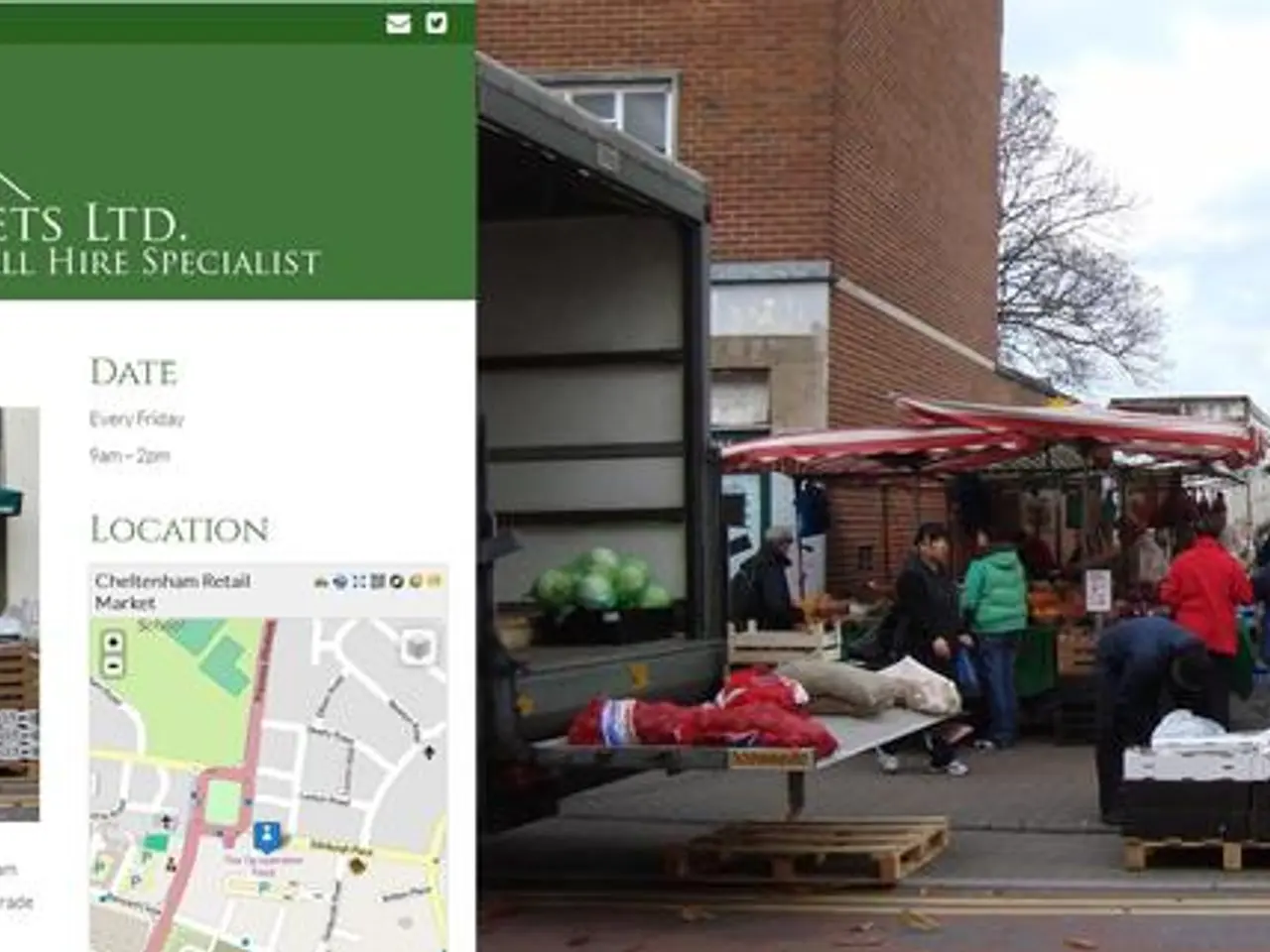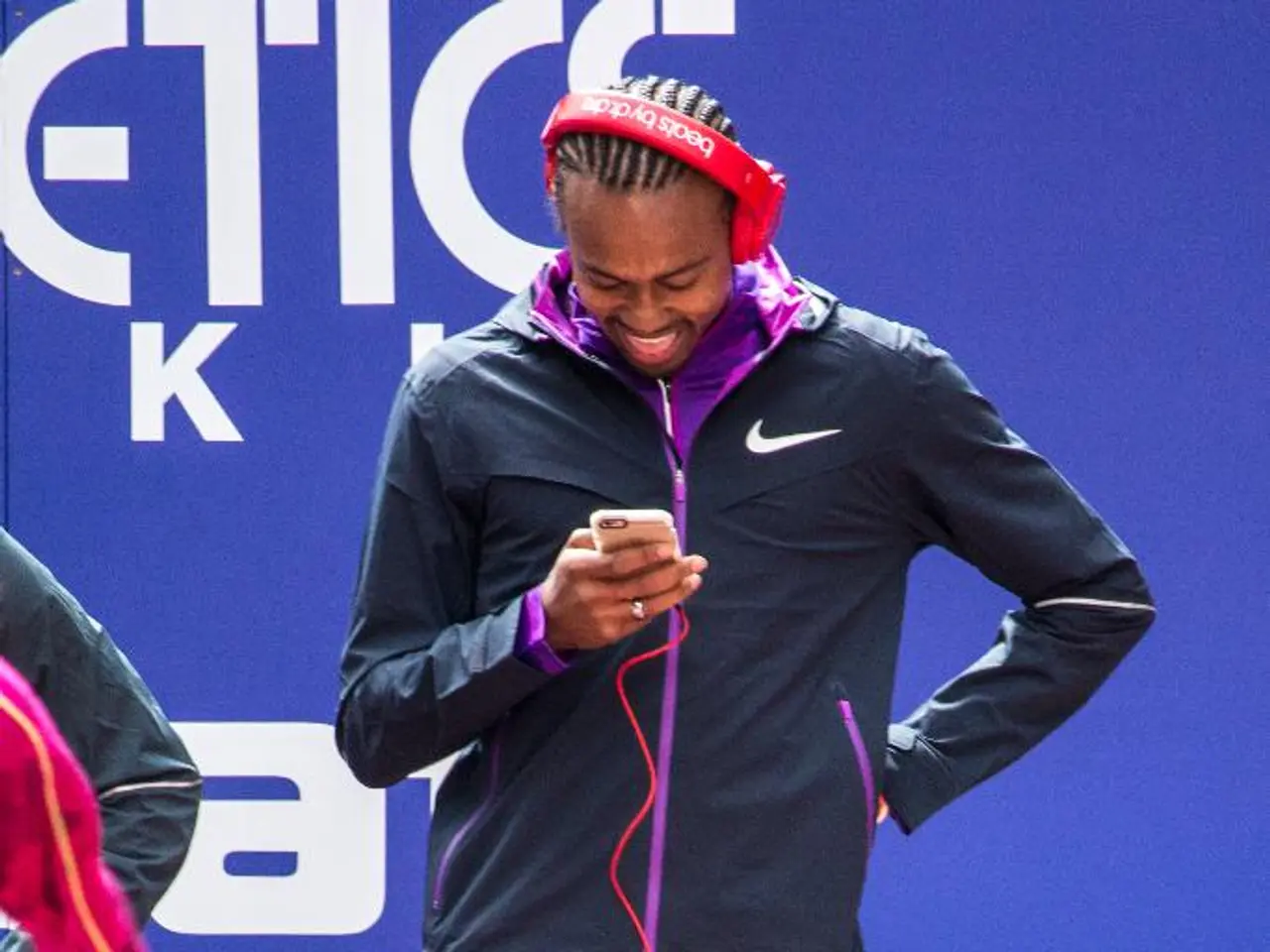Immediate Website Engagement Boosters: A Survey of 5 Effective Media Types
In today's digital world, five high-impact media types are used to boost engagement on websites and improve SEO performance. These elements enrich user experience, increase engagement metrics critical to SEO, and help websites stand out in competitive search results while fostering deeper connections with the audience.
Visually packaged information, such as short-form videos, infographics, and user-generated content (UGC), are highly clickable and shareable. Short videos, like Reels, Shorts, and TikToks, are effective at capturing mobile users’ attention, encouraging viral sharing, and driving quick traffic due to platform algorithms favoring such content. Infographics simplify complex information visually, increasing accessibility and user comprehension. UGC introduces authenticity and social proof, expanding organic reach, reducing production costs, and fostering community trust—factors that enhance brand loyalty and boost conversions.
Interactive quizzes and polls also boost user time and share rates. These elements deepen user engagement by creating personalized and immersive experiences, which also increases session duration. Audio content, such as podcasts and audio clips, cater to on-the-go audiences, enhancing engagement through accessible, hands-free content consumption.
To optimize these multimedia elements for SEO, it's essential to consider schema markup and accessible design standards. Transcripts plus schema are necessary for SEO optimization of audio content, while schema markup and accessible design standards are necessary for SEO optimization of interactive content. Use alt text, filenames, captions, and sitemap entries for image and infographic SEO optimization. Moderation ensures quality and maintains site trustworthiness.
Incorporating these multimedia elements into website design can significantly improve SEO performance. Multimedia content increases user dwell time, which signals content value to search engines, and when optimized with metadata (e.g., alt text, transcripts), helps improve indexation and rankings. Shareable multimedia content also encourages backlinks and social sharing, further enhancing SEO. Moreover, diverse content formats align with user intent at various stages of the user journey, improving user satisfaction and retention.
When implementing multimedia content, it's important to start small, measure the impact, and iterate to evolve pages into multi-sensory experiences. Host videos on platforms like YouTube or use lazy-load for images to avoid slowing down the site. Revisit top-performing posts every 6-12 months and update media to keep content fresh and re-promotable. Invite users to contribute via hashtags or campaigns for user-generated content. Peer content (reviews, photos, quotes) builds credibility and is trusted. Interactive graphics provide a platform for user participation. Repost UGC with credit (photos, reviews, comment highlights).
In conclusion, the strategic use of multimedia content can significantly enhance user engagement, improve SEO performance, and foster deeper connections with the audience. By capturing user attention, increasing time spent on site, and providing diverse, accessible content formats that cater to varied user preferences, websites can stand out in competitive search results and engage users in meaningful ways.
[1] SEO Journal [2] Search Engine Land [4] Content Marketing Institute
- To create an engaging lifestyle website that stands out in SEO, incorporating multimedia elements such as short videos, infographics, interactive quizzes, or audio content can greatly improve user experience, foster deeper connections with the audience, and boost SEO performance through increased dwell time, indexation, and rankings.
- As technology continues to evolve, the strategic integration of technology-driven platforms, like schema markup, transcripts, and accessible design standards, can optimize multimedia content for SEO, ensuring that websites rank high in search results, attract backlinks, and cater to varying user preferences and intent.





